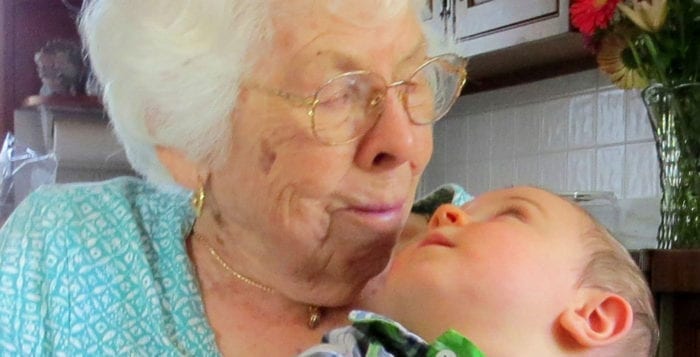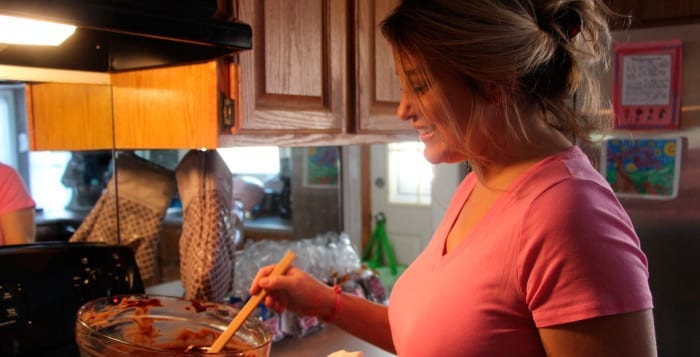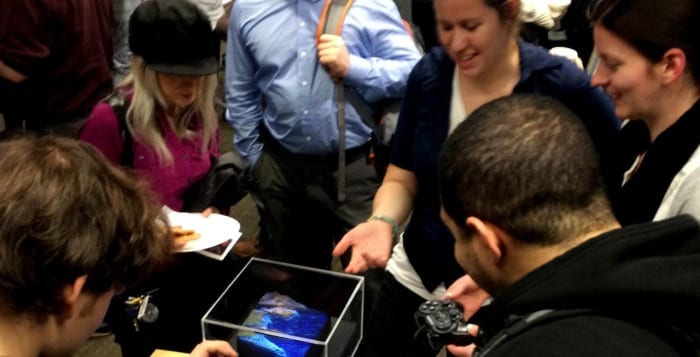If you were to ask those of us of a certain age, we would insist that we want to age in place. That is, we want to continue to live in our houses, cook in our kitchens and sleep in our bedrooms. This is a worthy goal for it saves family and the government a lot of money. Statistics have shown that hospitalization and nursing homes are far more costly than living at home. Still, we also know that more accidents happen in the home, and that means continuing to live at home presents certain challenges.
The greatest hazard, it would seem, is for older adults to fall. Now, and for the last score of years, there are programs with certifications that train people how to make homes safer, especially for preventing falls. For example, the National Association of Home Builders offers a course that trains CAPS: certified aging in place specialists. These may be builders, remodelers, occupational therapists or interior designers who can come into a home and make suggestions for retrofitting.
There are 3,500 such specialists but Dan Bawden, from Houston, who helped develop the program in 2001, told The New York Times there are 10 times as many needed to upgrade such homes. The highest rate of home ownership in the country, some 80 percent, is by older people, and the great majority of us are in single-family homes.
The three most important features allowing residents to move around safely are: to have an entrance without steps; to live on a single floor; and to have hallways and doorways wide enough to accommodate wheelchairs and walkers. According to the Joint Center for Housing Studies at Harvard, less than 4 percent meet that description. And if further features are thrown in, like doors with lever handles — rather than knobs — plus light switches and electric outlets that can be reached from a wheelchair, that rate falls to 1 percent, according to the recent article in the Times: “Planning to Age in Place? Find a Contractor Now” by Paula Span.
At this point, with about 10,000 Americans turning 65 every day, it would make the most sense for every new house to be constructed according to what is termed “universal design.” Such homes would have bathroom grab bars, higher toilets, curbless showers, widened doorways and added lighting. Such features would promote independence for the disabled and older people.
There are other associations that offer similar certification programs. Certified Living in Place Professional program is one such. Local agencies on aging and senior centers may also give this kind of information. What seems to work best is if an occupational therapist and a CAPS, or equivalently trained graduate, team up to interview each homeowner and determine what is most needed.
Costs for these modifications can be a problem. There is little government help for such remodeling, with the exception of the Department of Veterans Affairs and perhaps Medicaid. Some states do offer tax credits but not many. Mostly such alterations are privately financed, despite the potential savings from staying at home. A bipartisan bill was introduced in Congress last year for a $30,000 federal tax credit, but to date it has gone nowhere.
Approximate costs could run as follows, according to Bawden: two grab bars installed for $200-$300; replace doorknobs with lever handles $60-$90; for every relocated electrical outlet or switch, $175-$250. Those are the smaller costs. Then there is replacing a tub with a roll-in shower at $8,000-$10,000, and an entirely new bathroom with universal design elements for more than $25,000.
The biggest hurdle of all may be to get older residents to feel that they need such modifications. At the least, kitchen floors might be textured rather than covered with tiles that are slippery when wet; the color of the kitchen counters might contrast with the color of the floor as the more elderly lose depth perception; front edges of stairs could be outlined with colored tape; freezers are safer in a pullout drawer at the bottom of a refrigerator — and, for Pete’s sake, get rid of those much-beloved throw rugs.











